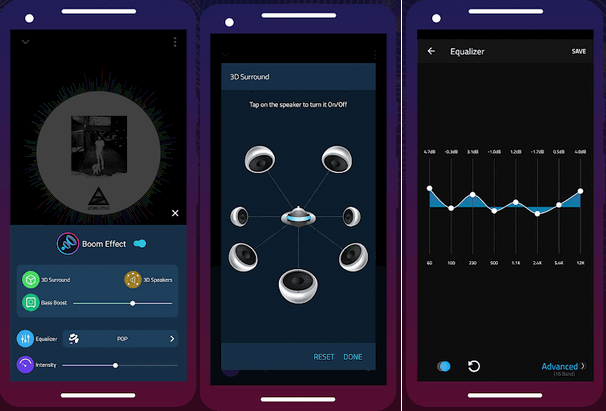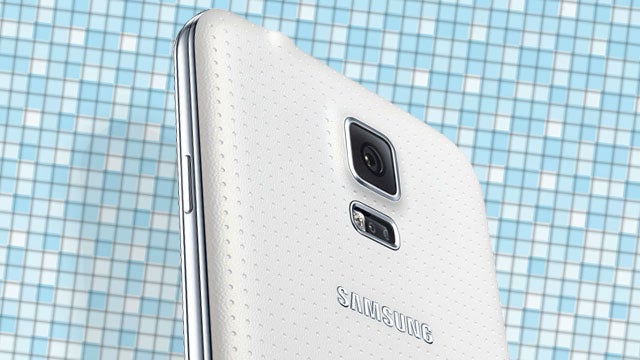

Some adapters are for microphones with batteries, and others specify microphones with no batteries. Note that this does not appear to work on all devices and microphones, apparently there are some differences in impedance levels of the microphones that the phones can’t deal with. Adapters include the Rode SC4 and Saramonic SR-UC201. Make sure that the adapter is compatible with your phone. If you already have a microphone with a 3.5mm jack or an XLR microphone (with power supplied – the phone can’t supply 48v phantom power), you can buy an adapter that allows you to plug it into the TRRS port. See “ Comparing recording on a smartphone to a dedicated recorder” for a video on how the iRig Mic Cast works on Android and iPhones. You might want to review my page on “ Choosing Microphones” if you don’t know the difference between a lav and a shotgun. I have not used any of these, but I would expect them to be substantially better than the built-in microphone on the phone. Sorry your browser does not support iFrame

Luckily, several manufacturers have developed microphones that plug right into the headphone jack. The color is irrelevant, but the number of lines is not.īecause of the differences in jacks, you cannot plug in any old microphone with a 3.5mm plug and expect it to work. Note the 3 (white) lines in the plug for the ear buds from my Samsung Galaxy S3, compared with the 2 (black) lines in the plug for a lavalier microphone. Before you attempt to connect an external microphone via the headset port, make sure it is a TRRS port.

If your headphone jack has 3 lines (4 rings) on it, it’s a TRRS, which means it can act as a microphone as well as headphones. Most iPhones and smart phones these days come with a TRRS port for the headphones. External microphone through the headset port Especially problematic seems to be recording loud sounds, such as concerts, although even those capabilities are improving. Newer phones have two or three microphones, but differ quite a bit in their sound recording abilities. Microphones on various models of phones vary quite a bit. Also very handy is the ability to email the recording, or save it to cloud storage, such as Dropbox. Important things to look for in an app are the ability to: 1) adjust gain levels 2) change sampling rates 3) display the recording levels on the screen, so you can make any adjustments necessary and, perhaps not as important, 4) save the files to multiple formats (at least. I would highly recommend getting a third-party app, as the apps that come with the phone are pretty basic. If you are looking to use your phone as a voice recorder, for recording personal notes, meetings, or impromptu sounds around you, then all you need is a recording app. Using a microphone plugged in through the charging port.Using a microphone plugged in through the headset port.There are 4 basic ways to use your phone as a recorder: Most of this discussion is about Android phones and iPhones tablets are for another day. Below I describe ways to record on your smartphone, with examples of products that might help. But do they make effective sound recorders? That depends on what you are looking (listening) for and what type of phone you have. It seems like smartphones will do anything.


 0 kommentar(er)
0 kommentar(er)
